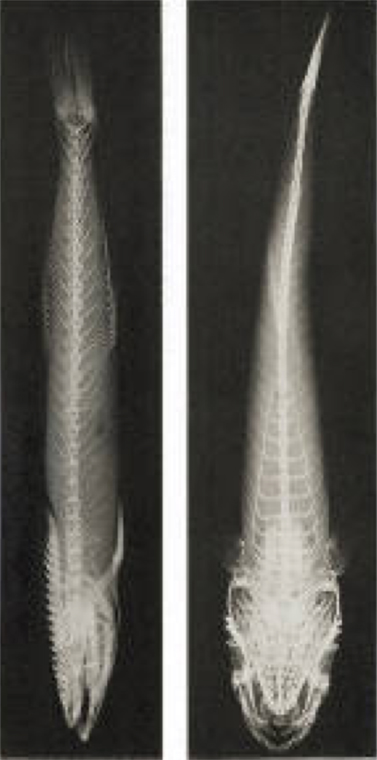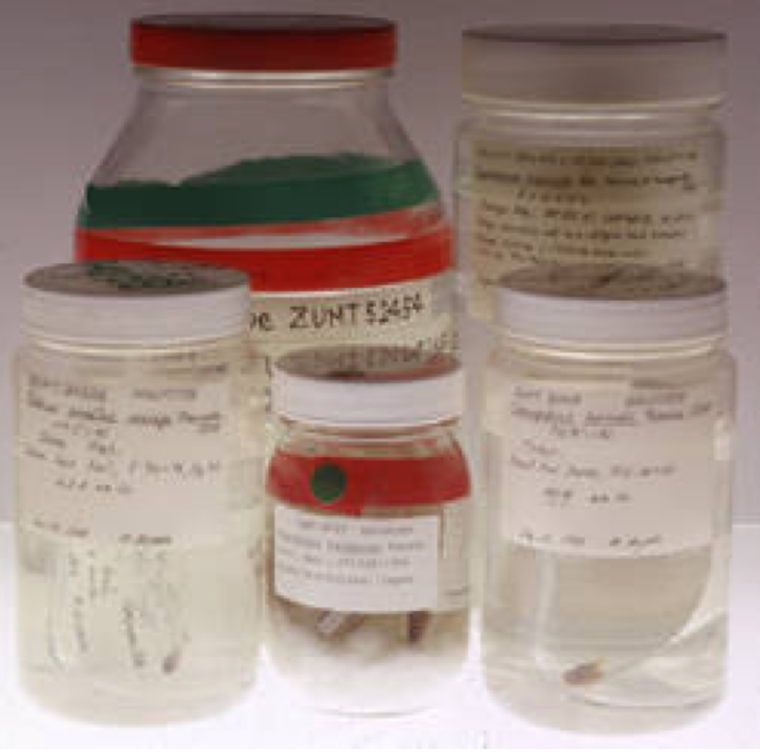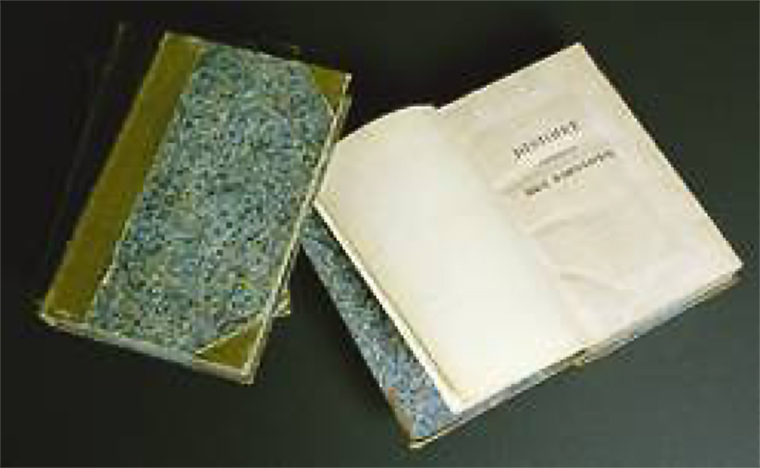

Department of Zoology
This department houses thousands of specimens of vertebrates and invertebrates. Among the vertebrates, the fish collection is up to 150,000 specimens thanks to the effort of Shigeho Tanaka (1878–1974) since the beginning of the 20th century. The collection includes approximately 300 type specimens acquired from various parts of Japan as well as the South Sea Islands, Korea, the Philippines, and China. A conspicuous collection of invertebrates includes historical specimens of sponges, cnidarians (corals and sea anemones), echinoderms (sea cucumbers, sea stars, and sea urchins), and mollusc cephalopods. An example of a famous collection is the Hexactinellid sponge collection, which was studied by Isao Ijima (1861–1921), one of the founders of the Zoological Institute. There are many both alcohol-preserved and dried sponge specimens in this department, including many types of specimens. The Michio Shigei Michio Collection is known as Japan's largest collection of sea urchins.
The most recent development involves the rapid increase in entomological specimens. Important entomological collections, including the historical ones built up in the pre-modern era of Japan and those donated by professional collectors, have been accumulated at UMUT over the last few decades. The growing collections are set to lead to the establishment of one of the largest research centers for entomology in Japan. Remarkable collections acquired recently include the specimens donated by the King of Bhutan.
 Roentgen photographs of lateral and dorsal views of Remora nubibera holotype specimens (Tanaka, 1915) |
 Examples of the recorded fish type specimens |
 Portion of the fish specimen catalog of Drs. Shigeho Tanaka, Ichiro Tomiyama, Muneaki Abe, Yoshiaki Tominaga, and other ichthyologists, and "Histoire naturelle des poissons" by Cuvier and Valenciennes (1828–1849) |
Back to the Collection Division